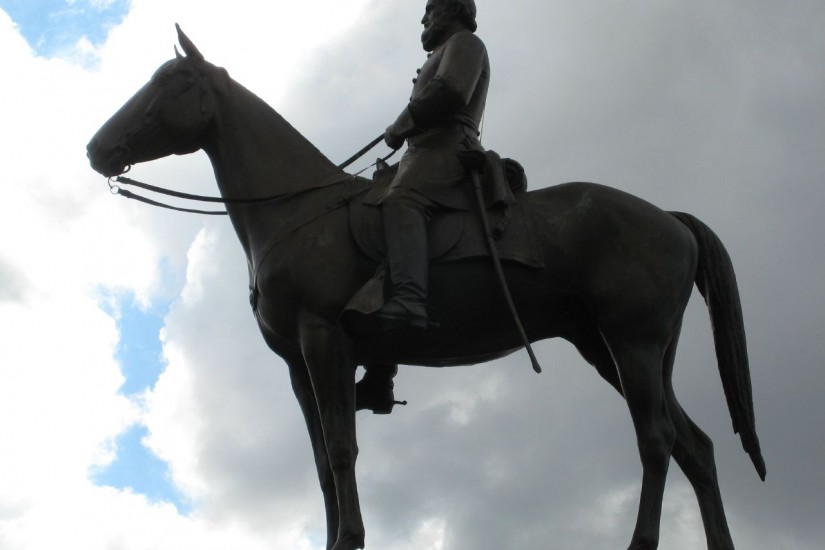Growing up in the 1950s in Richmond, Va., my friends and I would sometimes dig Minié balls—Civil War-era rifle bullets—out of the crumbling remains of Confederate earthworks.
Those earthworks remain, mostly under federal management now—scars in the earth left by a cataclysmic struggle within the American family a century and a half ago.
Growing up in Oregon in the 1990s, my children touched ruts carved in solid rock by the wheels of covered wagons on the Oregon trail—scars in the earth left by a migration that changed history. These scars are endangered, but they are still there too.
History leaves its mark. We can see it if we just look down at our feet.
These musings were sparked by some reactions—some appreciative, others angry—to my article, The Motionless Ghosts That Haunt the South, about the Confederate statuary that dominates the Southern urban skyline: huge, solemn memorials to Robert E. Lee, Stonewall Jackson, Jefferson Davis, and other demigods of the Lost Cause of the Confederacy. I wrote that I wish they would come down. “You are trying to erase history,” some of my correspondents said.
Would reducing the bronzed omnipresence of the Confederate General Staff really eliminate “history”?
